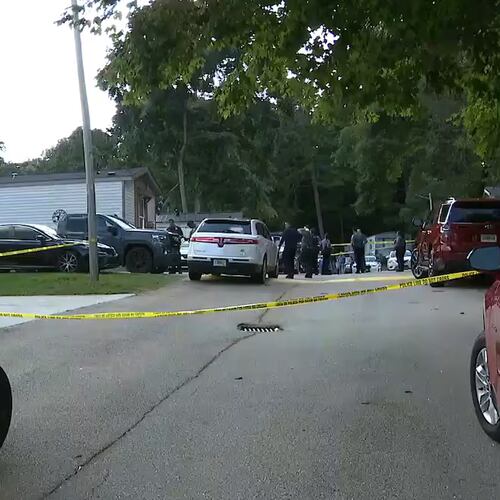Q: How long have sanctuary cities been a part of the United States? How many sanctuary cities are in the U.S.?
—Kathy McDonough, Peachtree Corners
A: Sanctuary communities in the U.S. trace their origins to the early 1980s, when congregations of churches began sponsoring and supporting Central American immigrants who had entered the country to escape worsening conditions in El Salvador and Guatemala but whom the federal government determined did not qualify for political asylum.
Today, sanctuary communities are cities, counties and states that “have policies in place that limit cooperation with U.S. Immigration and Customs Enforcement,” the AJC has previously reported.
The Center for Immigration Studies further defines sanctuary communities as cities, counties and states that “have laws, ordinances, regulations, resolutions, policies or other practices that obstruct immigration enforcement and shield criminals from ICE — either by refusing to or prohibiting agencies from complying with ICE detainers, imposing unreasonable conditions on detainer acceptance, denying ICE access to interview incarcerated aliens or otherwise impeding communication or information exchanges between their personnel and federal immigration officers.”
The nonpartisan center recently listed nearly 200 communities in the U.S. as sanctuary jurisdictions, including the states of California, Colorado, Illinois, New Mexico, Oregon and Vermont, and Clayton and DeKalb counties in Georgia.
Fast Copy News Service wrote this column. Do you have a question? We’ll try to get the answer. Call 404-222-2002 or email q&a@ajc.com (include name, phone and city).
About the Author
The Latest
Featured

